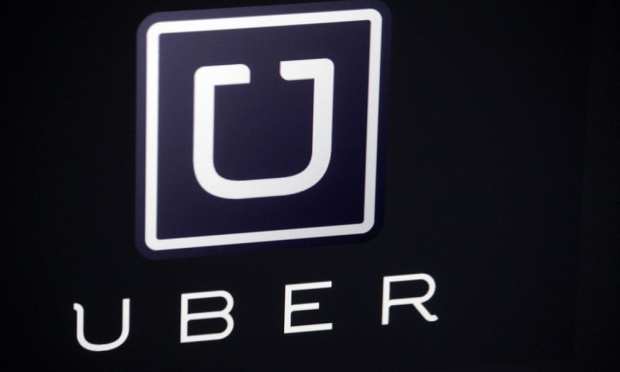Uber Pushes The Edge On Subscription Commerce

Uber has already set many of the high standards for payments that are basically becoming table stakes — that is, the expectation among consumers that transactions can happen seamlessly without payment cards being pulled out (to say nothing of the lack of cash). Now the ride-sharing pioneer is moving into subscription eCommerce.
According to reports, including this one from Engadget, Uber “is testing a subscription option that offers all-inclusive or discounted access to all its services.” The report adds that the company, which recently completed its initial public offering, “is trialing a few variants of the plan in Chicago and San Francisco. All of them include trips on Jump e-bikes and scooters at no extra cost, free Uber Eats deliveries and a fixed discount on Uber rides for $24.99/month. In other locales, Uber is testing cheaper passes that include free Uber Eats deliveries above a certain order threshold as well as discounted rides.”
Uber End Game
As Karen Webster has pointed out in PYMNTS, for Uber, transportation is a platform feature that is central to its business, but is not its end game.
Today, the Uber app offers choices ranging from black car service, UberX, Black and UberPool to the metered Taxi service, Uber Bus and car rentals. Other modes of transportation like bikes, scooters and rickshaws are also available, depending on where one happens to be in the world. According to its S-1, Uber has 91 million consumer users on its platform and 3.9 million drivers in 700 cities worldwide to service them. And like many of the largest players in the platform economy today — Facebook, Airbnb, Google, Amazon — Uber is leveraging its platform assets, and its critical mass of drivers and consumer users, to find new sources of value for its platform and the stakeholders who are part of it.
This latest Uber move also puts the company in the middle of one of the hottest trends in retail: subscription commerce, an area that goes well beyond streaming content. Subscription commerce encompasses such a wide variety of services, from Netflix to wardrobe curation to pet food delivery, it’s no surprise that on average, according PYMNTS Subscription Commerce Tracker, Americans spent $2 billion per month on subscriptions in 2018.
While streaming enjoys great popularity — the study projected $22 billion in over-the-top (OTT) media revenue for 2019 and a 5 percent decline in paid TV subscriptions — other subscription services have seen lower uptake. Just 20 percent of Americans have subscribed to a health and beauty product delivery service. But the relative ubiquity of Uber in the daily lives of consumers could give that company an advantage when it comes to its new subscription push, which could one day encompass other areas, according to educated speculation in those reports.
Globally, the subscription market is expected to be valued at more than $500 billion by 2020, which is why the competition is so fierce and even more traditional businesses are getting into the game.
Subscription Expansion
The subscription service model has expanded beyond digital entertainment and moved into other industries. In financial services, Charles Schwab has launched subscription-based financial planning products rather than taking a percentage of assets.
As the new Uber subscription move demonstrates, food delivery, even though still a burgeoning service, has also been toying with subscription models.
Rivals Postmates and DoorDash already offer similar subscriptions, Postmates Unlimited and DoorDash DashPass. Digital platforms often entice users to sign up with bonuses, but retention is one of the biggest challenges companies face. With a monthly membership fee, the aim is to lock in loyalty.
Traditional retailers are also getting into the subscription space that’s gained popularity due to startups like Stitch Fix for clothing and Birchbox for beauty. Walmart is just one of the latest examples to get on board with its partnership with KIDBOX to offer seasonal children’s clothing subscriptions.
The new Uber subscription effort is, obviously, something that deserves close examination over the coming months. Uber has a way of setting standards and shaping consumer expectations, after all.
